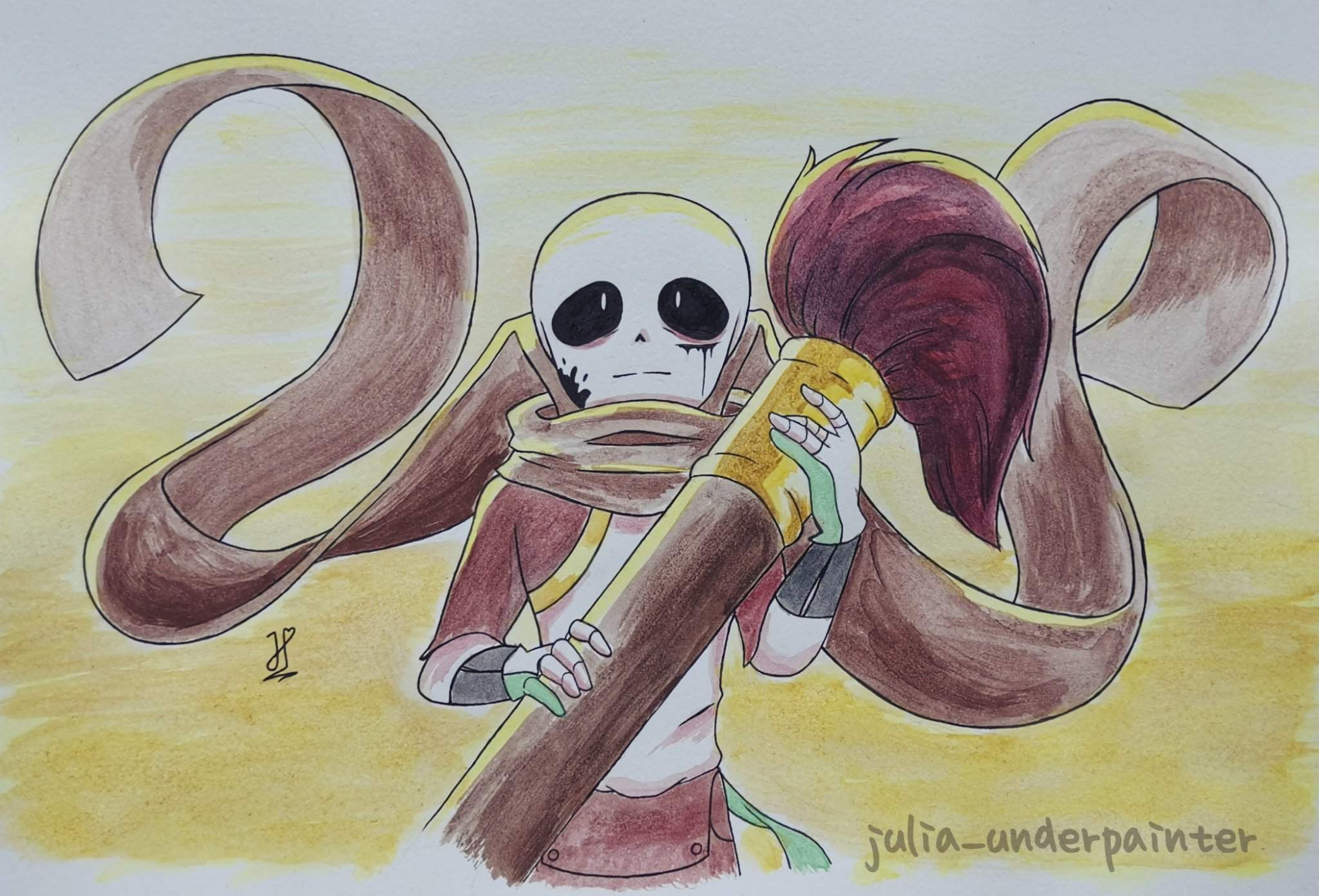
There eventually comes a point in your genocidal quest where Undertale is done giving you chances for redemption. They could have just as easily looked up the ending on youtube, but they chose instead to do the deed themselves. Though he later calls those kinds of thoughts “an excuse,” and, in a sense, he’s right. ‘I’m just doing this because I HAVE to know what happens.’”

Curious of what would happen if I killed them. As time repeated, people proved themselves predictable…It all started when I was curious. The only way to reach the true genocide ending is for the player to continually shoot for it, by choice.Īs the player nears the end of the genocide run, Flowey - a psychopathic living flower that the player met at the beginning of the game - speaks to the player, revealing that he also has the power of SAVE/LOAD, just like the player, and his recollection of his experience eerily echoes that of most players: The game gives you numerous, some quite blatant, chances to turn back to the path of good.

Even after slaughtering monster after monster, you are never locked-in to the genocide run. A dark, tragic course of events with abandoned towns and overworlds, murderous inner thoughts, off-putting low droning music, and the fear of death from every character you could have befriended along your journey. Notice how I didn’t say “genocide ending.” The genocide run does not just dictate your ending, it places you - from the start - on an entirely different course of events than the normal game. Which - as the name implies - is achieved by the player deliberately killing every single monster they encounter. One that turns the “friendly RPG where nobody has to die” completely on its head. While the true ending to the story is the pacifist ending, there is one more path the player can choose.
#Undertale soulless endings tv#
Depending on which main characters are still alive by the end, the Underground becomes: ruled by the kind queen who implements a human-friendly policy, ruled by the royal guard leader who plans to build up an army and wage war on humanity, or ruled by a robotic entertainer that uses his TV show to brainwash the Underground into worshiping him. These neutral endings may just be text boxes over a black screen explaining the state of the Underground after the player leaves, but the consequences of the world you leave behind can vary drastically. There are 20 neutral endings in total, taking into account who you kill, who you spare, and who you actively befriend. The attention to choice is exemplified by the sheer variety of neutral endings the game contains. Your actions as a player lead up to three major ending scenarios: the neutral ending - where the player escapes the underground but Monsters remain trapped - the pacifist ending - where the magical barrier is broken and all the Monsters head to the surface to live peacefully with humanity - and a very special ending that we’ll touch on later. Undertale may forgive, but it certainly does not forget. From big decisions - like killing a major character - to small decisions - like deciding that junior jumble is harder than word searches, - every choice is remembered and will more often than not be called back to later in the story. While Undertale has plenty of incredible qualities to discuss - music, gameplay, dialogue, story - all of those elements more-or-less rely on player choice. Each time you flex, they flex harder - increasing their attacks’ damage - until they “flex themselves out of the room.” For example, you can pacify a muscle hunk enemy by challenging it to a flex-off. In Undertale, you are able and strongly encouraged to use non-violent actions to appease or pacify your foes instead of attacking them. The defining factor of Undertale is its ACT and MERCY system. While many monsters treat the player with either kindness or indifference, many also try to kill or capture the player, as only the power of a human SOUL can break the magical barrier trapping monsterkind in the Underground. the player character - a human child - trips and falls down a hole leading to the Underground and must find their way back to the surface. After losing a war with the Humans, monsters were sealed underground with a magical barrier.

Undertale takes place in a world of two races: Humans and Monsters. In truth, Undertale is a story-heavy action-adventure/bullet-hell mash-up with colorful characters and a nonsensical sense of humor - partaking in a dating mini-game with a spaghetti-obsessed skeleton because you flirted with him while he was trying to capture you type stuff. Though lacking most - if not all - standard RPG elements, the style of the game’s visuals and sound - by Toby Fox’s own admission - take heavy inspiration from the cult-classic Super Nintendo RPG Earthbound. Undertale is a self-proclaimed “traditional role-playing game” developed by Toby Fox.


 0 kommentar(er)
0 kommentar(er)
